Common Uses of Niobium Pentoxide
Introduction to Niobium Pentoxide
Niobium pentoxide is a chemical compound and its molecular formula is Nb2O5. Niobium pentoxide has found application in numerous industrial uses. Niobium pentoxide is stable and hard. The compound is white crystalline and usually appears as a fine powder. It is used as a catalyst for most reactions. It is also capable of transforming light and electricity into useful states. It has a high melting point and is not corrosive, making it suitable for use in heavy industry.
Optical Uses of Niobium Pentoxide
Niobium pentoxide is utilised in glass production and optical coating. It contributes to the refractive index of specialty glasses and optical fibres. High refractive index materials form the core of most optical devices. Niobium pentoxide-doped glass is used in laser systems for performance optimisation. Its application is prevalent in anti-reflective coatings. When added in trace amounts, it improves light transmission. Niobium pentoxide is also used in optical waveguides. It requires a stable index of refraction in these products. Its ability to be optically controlled enables effective light guidance in these products.
Electronic and Dielectric Applications
Niobium pentoxide finds its application in electronic devices. It is used to produce dielectrics for capacitors. Capacitors become more efficient with this material. It has a high dielectric constant. Engineers value its performance at high temperatures and frequencies. In one instance, a niobium pentoxide capacitor demonstrated reliable performance in harsh environments. Modern devices require materials that do not alter their properties, even when the temperature or voltage varies, which this substance provides. Some applications in electronics include memory devices and microelectronic circuits based on reliable dielectric material.
Catalysis
Niobium pentoxide has significant application in catalysis. Catalysts increase the rate of chemical reactions. This chemical serves as a good catalyst for oxidation reactions. It assists in the synthesis of important chemical products. Low concentrations can enhance reaction rates and product yields in industrial production. The application of niobium pentoxide in factories serves to decrease energy consumption, enabling reactions at lower temperatures. Its stability enhances its performance in extreme chemical conditions. The compound is typically combined with other metals to form composite catalysts. The use of the compound in various chemical reactions demonstrates its reactivity and stability.
Ceramics and Refractories
Ceramic and refractory compounds benefit from the properties of niobium pentoxide. Strength and heat stability are improved when used in ceramics. Manufacturers of furnace linings and high-temperature insulators utilise materials like niobium pentoxide. The compound improves thermal and mechanical stress tolerance. In one instance, a ceramic cooktop requiring resistance to thermal shock was successfully strengthened with niobium pentoxide. The compound provides long-lasting resistance in difficult conditions. Refractory coatings and bricks sometimes use the compound to shield against prolonged exposure to high temperatures, thereby increasing their durability.
Energy Storage and Batteries
Niobium pentoxide is used in energy storage systems, including certain types of batteries. It retains and supplies charge efficiently. In a battery cell, it enhances cycling performance and stability. Small amounts of niobium pentoxide on electrodes have been added in some lithium batteries to improve their performance. The compound reduces degradation during charging and discharging. Its role is to act as a stabiliser for high-energy storage systems. With increasing energy demands, such applications are of growing importance.
Sensors and Functional Materials
The versatility of niobium pentoxide is also evident in the sensor market. It is particularly well-suited for gas sensors, where variable electrical resistance indicates the presence of specific gases. Its sensitivity to environmental changes is advantageous. Functional materials containing niobium pentoxide typically demonstrate consistent performance over extended periods. In industrial sensors, this chemical measures chemical processes with steady output. Some advanced sensor architectures incorporate niobium pentoxide to achieve faster response times and reduced signal drift. Its application in precise devices reflects its performance reliability.
Conclusion
Niobium pentoxide is a versatile material. Its uses span optical devices, electronic equipment, and catalytic processes. It also enhances the properties of ceramics and energy storage devices. Sensors benefit from its predictable behaviour. Across various industries, its unique properties contribute to enhancing products. For further information on materials containing niobium, please visit Stanford Advanced Materials (SAM).
Frequently Asked Questions
F: What is the role of niobium pentoxide in optical devices?
Q: It increases the refractive index in specialty glass and optical coatings.
F: In what ways does niobium pentoxide enhance capacitor performance?
Q: It serves as a dielectric and enhances high-frequency stability.
F: Is niobium pentoxide used in battery technology?
Q: Yes, it enhances stability and charge cycling of energy storage devices.

 Bars
Bars
 Beads & Spheres
Beads & Spheres
 Bolts & Nuts
Bolts & Nuts
 Crucibles
Crucibles
 Discs
Discs
 Fibers & Fabrics
Fibers & Fabrics
 Films
Films
 Flake
Flake
 Foams
Foams
 Foil
Foil
 Granules
Granules
 Honeycombs
Honeycombs
 Ink
Ink
 Laminate
Laminate
 Lumps
Lumps
 Meshes
Meshes
 Metallised Film
Metallised Film
 Plate
Plate
 Powders
Powders
 Rod
Rod
 Sheets
Sheets
 Single Crystals
Single Crystals
 Sputtering Target
Sputtering Target
 Tubes
Tubes
 Washer
Washer
 Wires
Wires
 Converters & Calculators
Converters & Calculators
 Write for Us
Write for Us
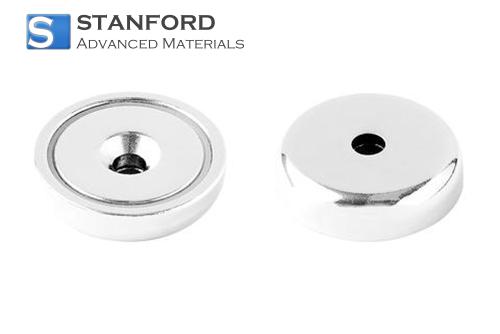
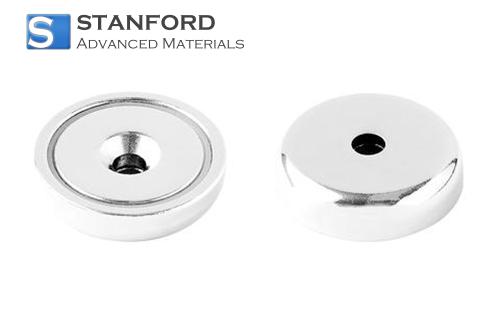
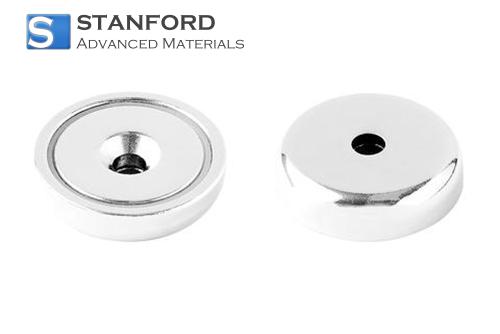
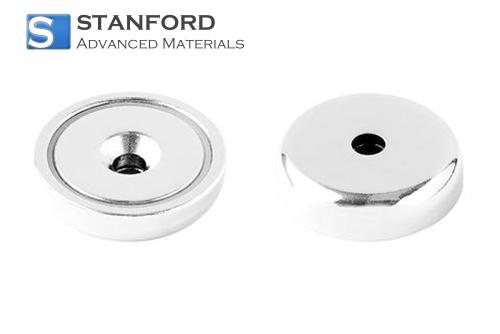
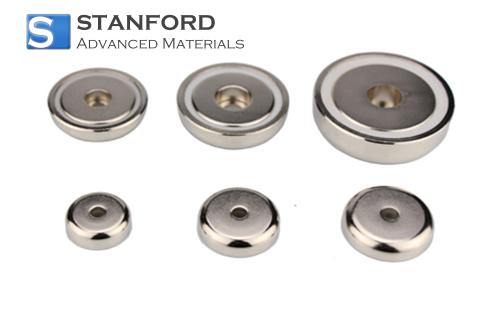
 Chin Trento
Chin Trento



